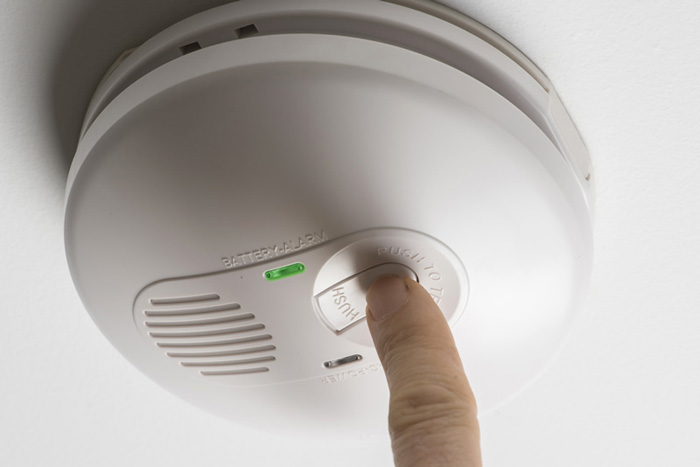The focus of this year’s Fire Prevention Week campaign is ensuring everyone learn the distinct sounds smoke and carbon monoxide alarms make.
“When an alarm makes a sound, whether it’s a beeping or chirping sound, we need to know what to do,” said Municipal Relations Minister Derek Johnson, minister responsible for the Office of the Fire Commissioner. “In some cases there isn’t much time to get out safely, so you don’t want to waste time wondering what that sound is or what you should do.”
Knowing the difference can save you, your home and your family. The simple act of testing alarms and making sure everyone in the home is involved can make the difference between safety and tragedy. To learn the sounds of specific smoke and carbon monoxide alarms, check the manufacturer’s instructions that came in the box, or search the brand and model online.
Other safety tips to keep everyone safe and learn the sounds of the alarms in your home include:
- a continuous set of three loud beeps – beep, beep, beep – means smoke or fire. Get out, call 9-1-1 and stay out;
- a single chirp every 30 or 60 seconds means the battery is low and must be changed;
- all smoke alarms must be replaced after 10 years;
- chirping that continues after the battery has been replaced means the alarm is at the end of its life and the unit must be replaced; and
- make sure smoke and carbon monoxide alarms meet the needs of all your family members including those with sensory or physical disabilities.
To find out more about Fire Prevention Week programs and activities across the province, contact the OFC at firecomm.gov.mb.ca. To learn more about how to stay fire safe in your home, visit NFPA’s website at firepreventionweek.org or sparky.org.




